Special Report
These Are the Countries That Spend the Most Abroad
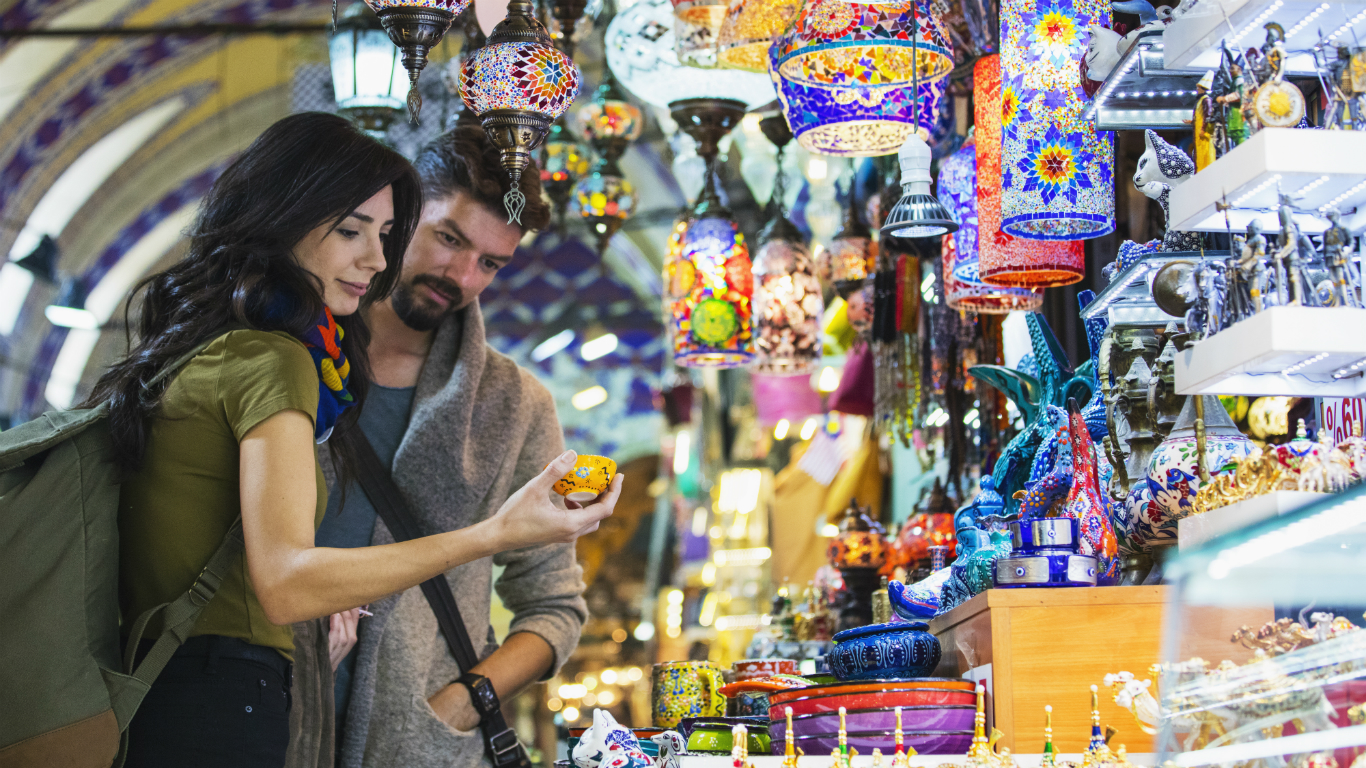
Published:
Last Updated:

Whether you travel to cool places for “likes” or for personal enrichment, chances are you’re already planning your next vacation. In fact, according to several surveys, many millennials are not buying homes because they would prefer to spend the money on travel and cultural experiences.
Advanced economies in Europe, the Americas, and Asia and the Pacific have been the world’s biggest tourism spenders for decades.
But new trends are developing, according to a report by the World Tourism Organization about international tourism shifts in 2017, the latest year for which official data is available. Last year marked the highest growth in international tourism since 2010. Total international tourist arrivals were up 7%, and the amount of money spent by inbound tourists was up by 5%.
Even though Europe is still the biggest spender on tourism, emerging economies have been catching up over the last few years. One out of four trips now originates in Asia and the Pacific.
The following list of the 10 countries that spend the most abroad is based on the most recently available tourism report by the World Tourism Organization, a specialized agency of the United Nations.
Click here to see the top 10 spenders in the world.
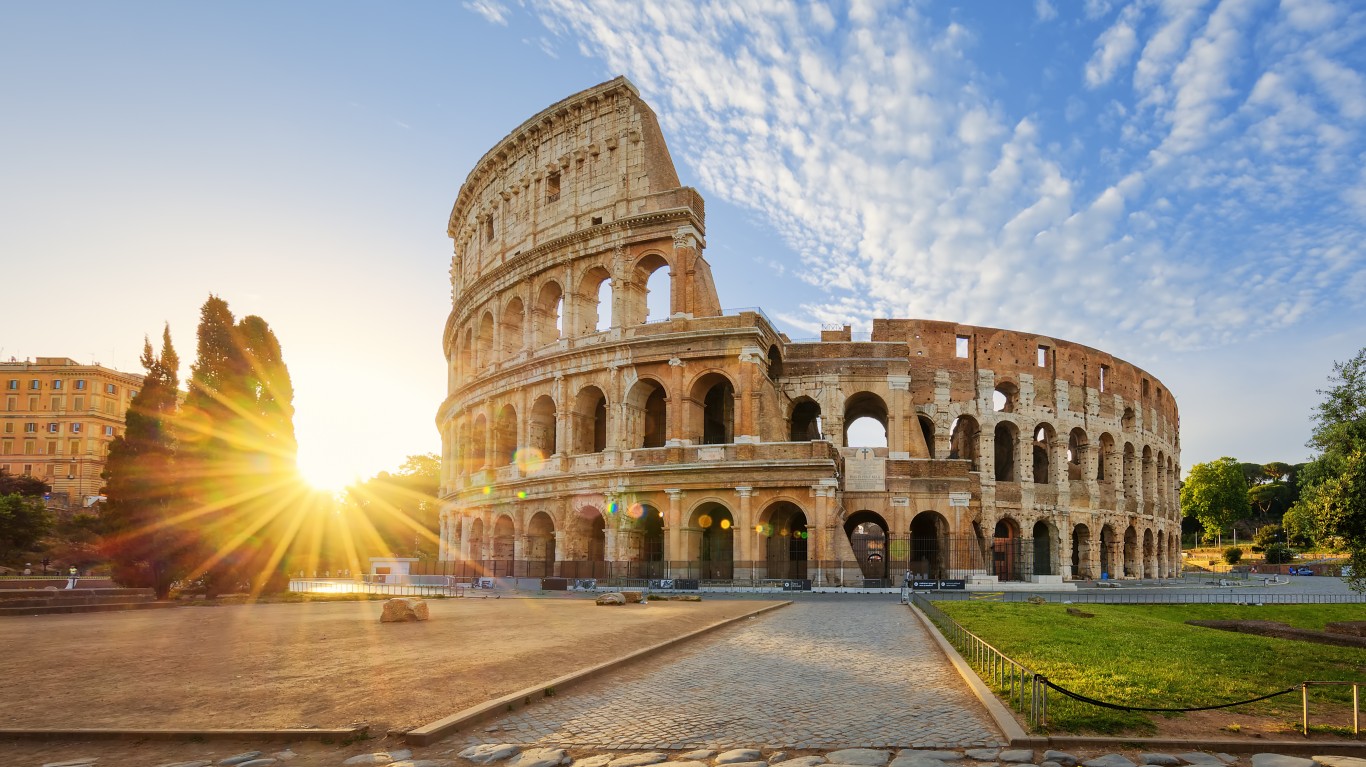
10. Italy
> Total amount spent in 2017: $27.7 billion
> Expenditure increase in one year: 8.9%
> Population: 60.6 million
Although still among the top spenders in the world, Italians are slowing down. Ranked No. 9 in 2016, they slipped to No. 10 in one year. This may be due to Italy’s troubled economy, with an unemployment rate of over 11% at the time, and modest economic growth of about 1.5%. Deutsche Bank even pointed to Italy in 2017 as a likely cause of the next major financial crisis.
[in-text-ad]

9. Republic of Korea
> Total amount spent in 2017: $30.6 billion
> Expenditure increase in one year: 12.3%
> Population: 51.5 million
South Koreans also slowed down spending while abroad. The country is now the ninth biggest spender, slipping from eighth place in 2016. The country went through an economic growth spurt for most of 2017 — growing by more than 3% — but slowed down in the last three months.

8. Russia
> Total amount spent in 2017: $31.1 billion
> Expenditure increase in one year: 29.7%
> Population: 144.5 million
The most significant change in spending abroad came from the Russians. After years of declining, expenditures grew by almost 30% in just one year, bringing Russia to eighth place from eleventh in 2016. The country’s economy started growing again at a modest rate in 2017, raising consumer demand and consumption.

7. Canada
> Total amount spent in 2017: $31.8 billion
> Expenditure increase in one year: 8.5%
> Population: 36.7 million
Canada recorded a strong increase in spending abroad between 2016 and 2017. The country’s economy grew 3%, its fastest rate since 2011, and twice as fast as in 2016, which may help explain why Canadians had more disposable income to spend abroad.
[in-text-ad-2]
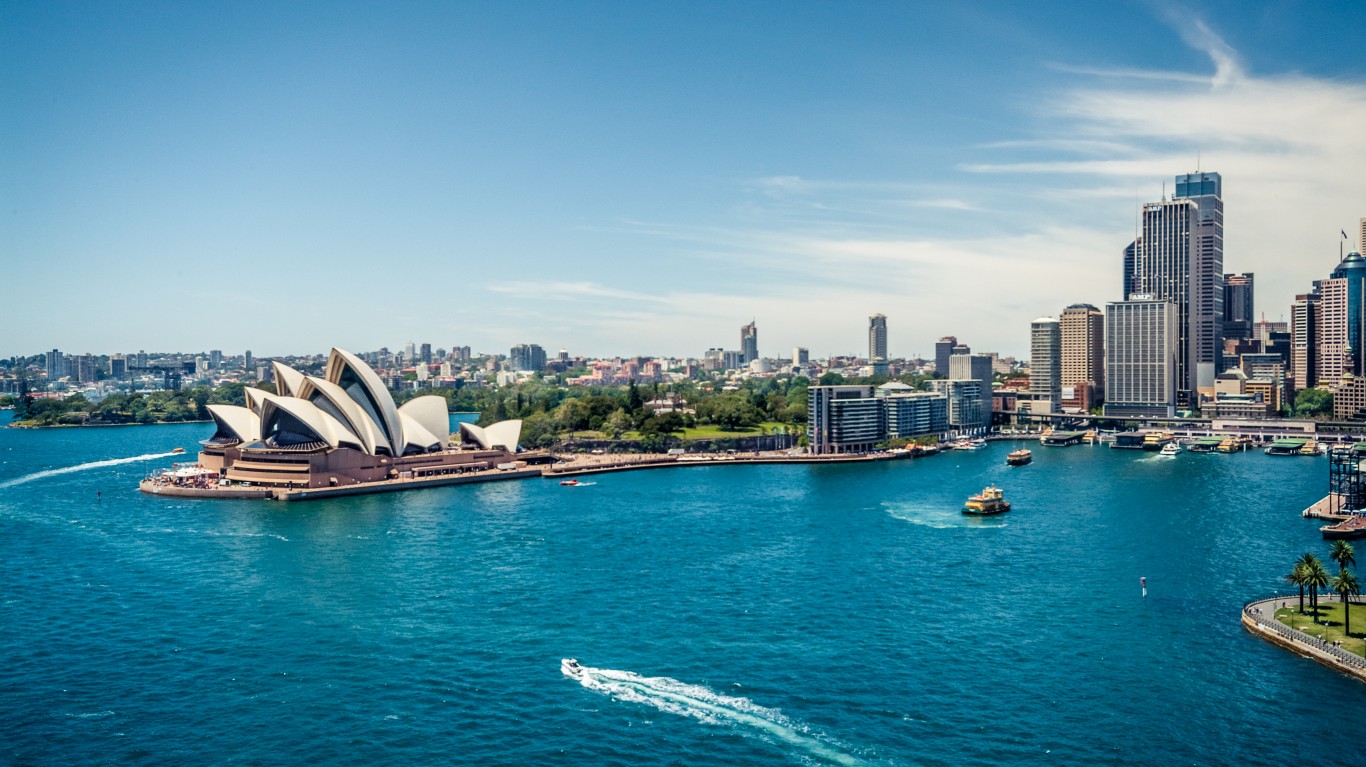
6. Australia
> Total amount spent in 2017: $34.2 billion
> Expenditure increase in one year: 7.7%
> Population: 24.6 million
Australia’s economy has slowed down over the last couple of years, growing 2.4% in 2017, below expectations. Employee compensation grew by just over 1%. This may explain why Australians were not spending so much when traveling abroad. Still, the country saw a modest increase of 7.7% in expenditures between 2016 and 2017.
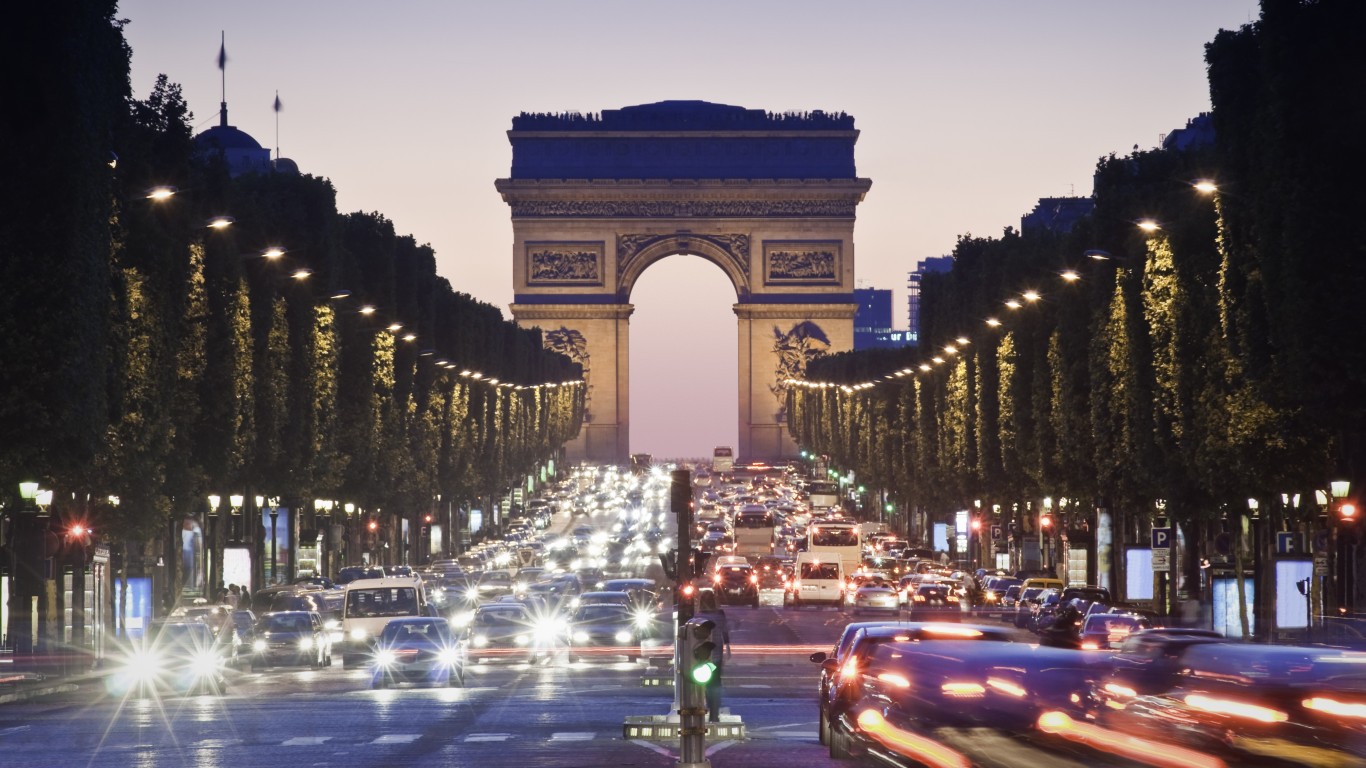
5. France
> Total amount spent in 2017: $41.4 billion
> Expenditure increase in one year: 0.8%
> Population: 67.1 million
France recorded the smallest increase in tourism spending abroad of all the countries on our top 10 list. Europe’s third biggest economy has been seeing very slow growth for years, struggling with high unemployment and huge budget deficits.
[in-text-ad]
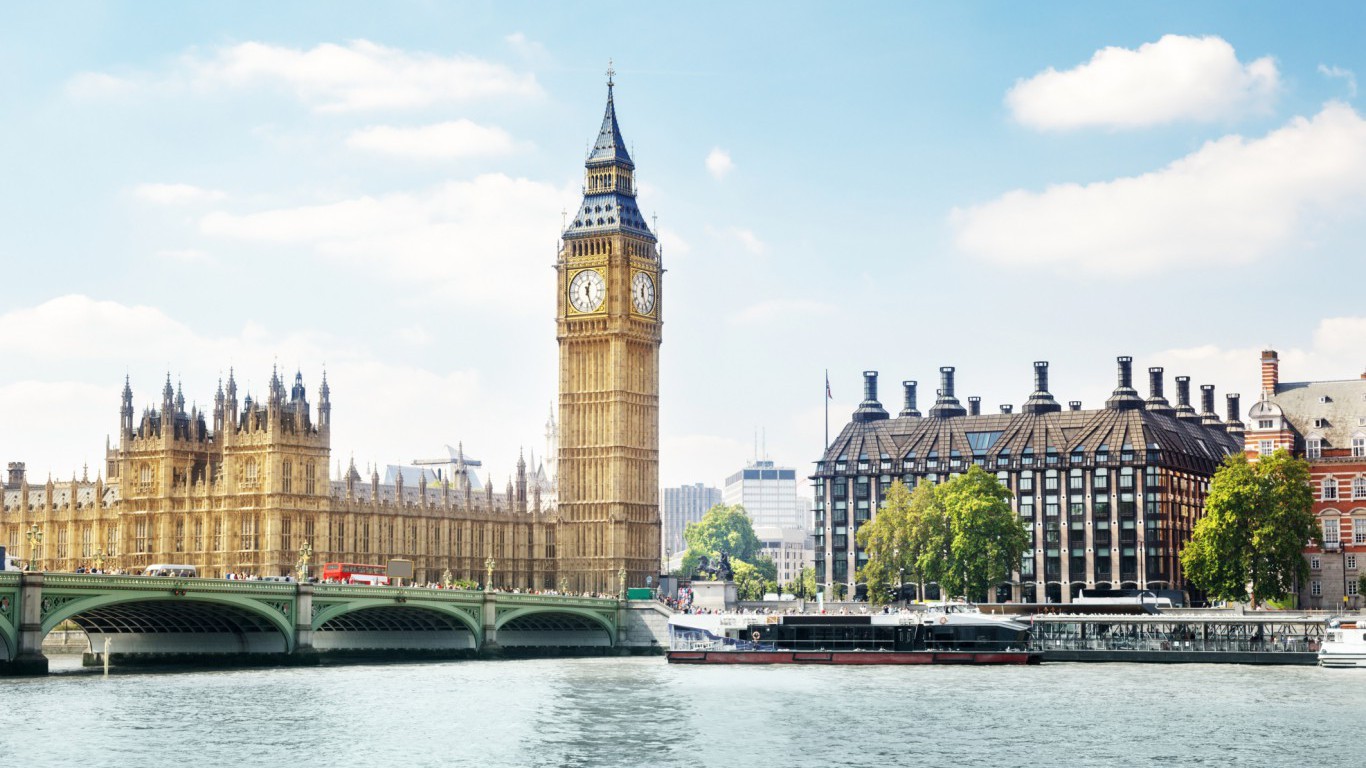
4. United Kingdom
> Total amount spent in 2017: $71.4 billion
> Expenditure increase in one year: 2.4%
> Population: 66 million
The unknown consequences of Brexit, which is due to take effect at the end of March 2019, are looming. The United Kingdom was the slowest growing economy in the G7 club in 2017. Spending abroad grew by only 2.4% between 2016 and 2017, the second smallest increase among the top 10 spenders.
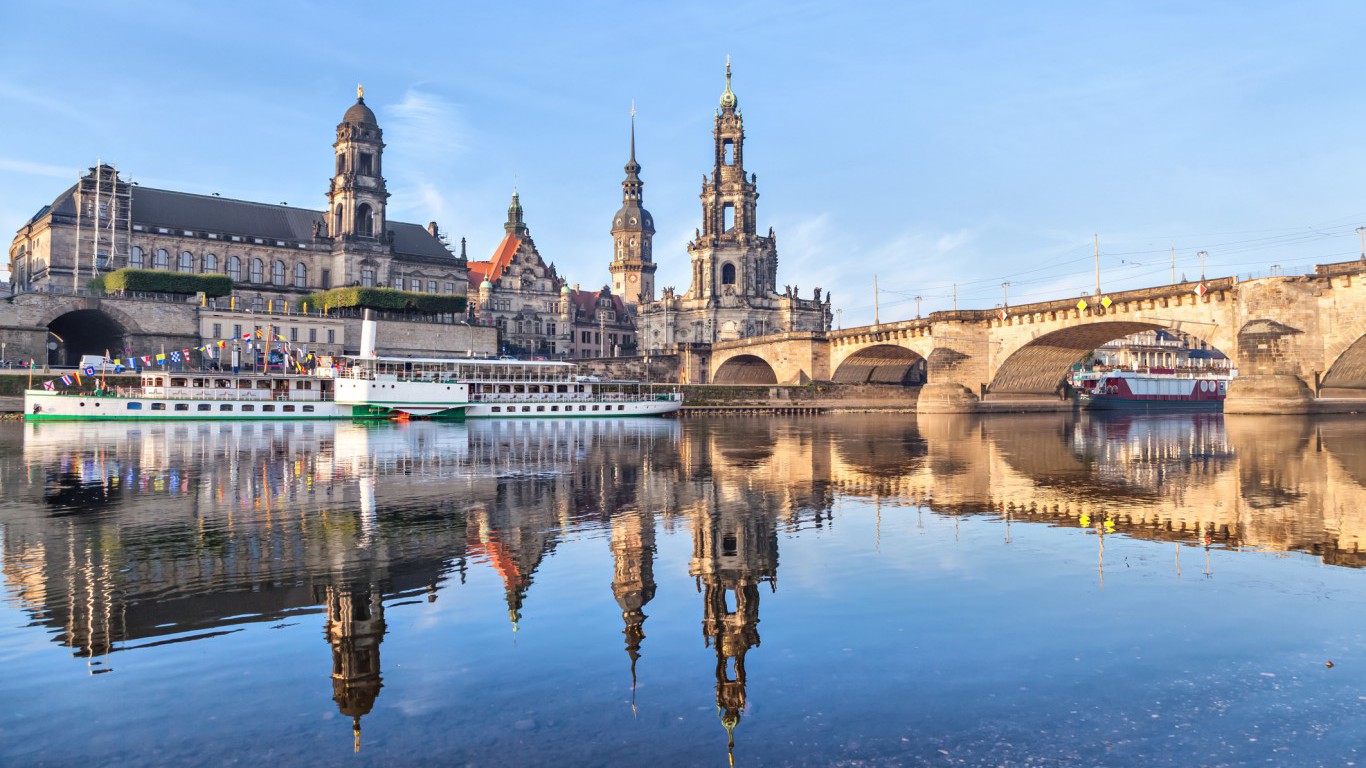
3. Germany
> Total amount spent in 2017: $89.1 billion
> Expenditure increase in one year: 9.4%
> Population: 82.3 million
The German economy grew by 2.5% in 2017. Local media reported this was the fastest expansion since 2011. Wages have been growing, too. It’s no surprise then that Germans are spending more when traveling abroad. The 9.4% increase between 2016 and 2017 is the third largest on our list, after Russia and South Korea.

2. United States
> Total amount spent in 2017: $135 billion
> Expenditure increase in one year: 9.3%
> Population: 325.7 million
Tourism expenditure from the United States increased by $13 billion in 2017 compared with 2016, or just over 9%. This is the largest increase in absolute terms among the top 10 spenders. Americans are traveling abroad in record numbers due to a strong dollar, Brexit, and an abundance of low-cost carriers.
[in-text-ad-2]

1. China
> Total amount spent in 2017: $257.7 billion
> Expenditure increase in one year: 4.7%
> Population: 1.4 billion
China continues to lead global outbound travel expenditure. Chinese spent almost $258 billion on a total of 142 million international trips. This was about one-fifth of the world’s total spending on tourism. While abroad, they liked to spend their money the most on whiskey tastings, Northern Lights viewing expeditions, voluntary camps, and outdoor activities.
If you’re one of the over 4 Million Americans set to retire this year, you may want to pay attention.
Finding a financial advisor who puts your interest first can be the difference between a rich retirement and barely getting by, and today it’s easier than ever. SmartAsset’s free tool matches you with up to three fiduciary financial advisors that serve your area in minutes. Each advisor has been carefully vetted, and must act in your best interests. Start your search now.
Don’t waste another minute; get started right here and help your retirement dreams become a retirement reality.
Thank you for reading! Have some feedback for us?
Contact the 24/7 Wall St. editorial team.